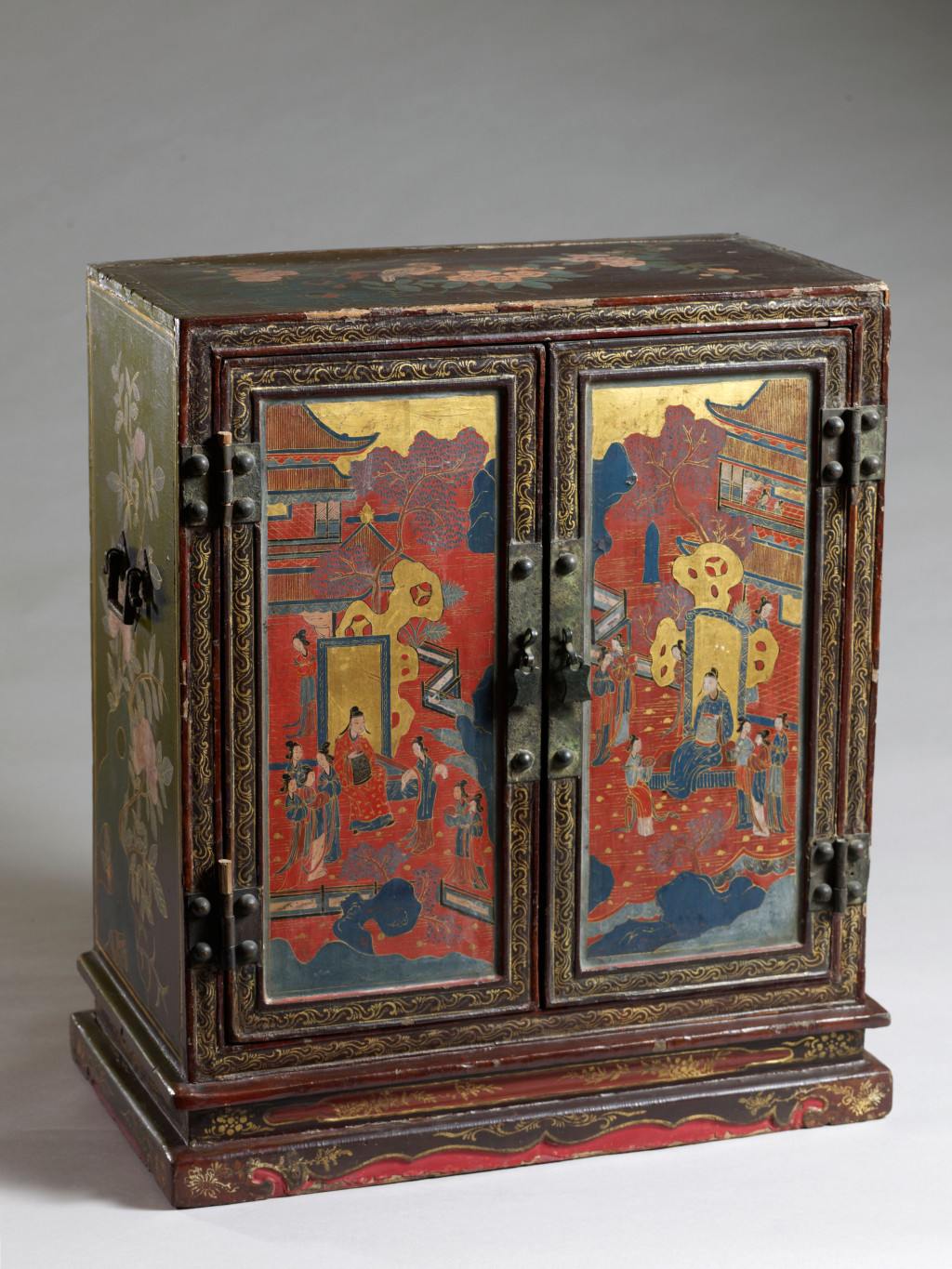
MIOCHE de COHEIX Joseph (EN)
Biographical article
The collection was compiled by Jean Marie Joseph Mioche de Coheix (died in 1944). He was closely involved with André Citroën (1878–1935), who organised the Croisière Noire in Central Africa between 1924 and 1925, and then, between 1931 and 1932, the Croisière Jaune in Central Asia and China. This collection comprises, in particular, many eighteenth- and nineteenth-century objects from Imperial China, including a magnificent paravent in Coromandel lacquer. The donation also included other objects that did not originate in Asia, notably a tapestry created by Jean Lurçat. Indeed, Joseph Mioche de Coheix bought the Château des Tours-Saint-Laurent. After his death, his wife, Stéphanie Dutraive, sold it to Jean Lurçat (1892–1966), whom she had met in the Resistance. By way of gratitude, the latter gave her the tapestry. Stéphanie Dutraive (1906–?) married—it was her second marriage—Charles Désirat (1907–2005) on 8 March 1979 in Cahors. In the will dated 28 May 1988, the Désirats bequeathed part of their collections to the Musée de Cahors. The objects were added to the collections of the Musée de Cahors in 2005.

The collection
This collection comprises, in particular, finely carved and lacquered door frames, a walking lion, and a small painted cabinet. The most spectacular object is a large paravent in Coromandel lacquer, which dates from the eighteenth century and consists of twelve panels. On the recto, the ten central panels have a polychrome decor of Chinese palaces decorated with human figures and animals. The two outer panels are adorned with dragons, with flowers coiled around them, placed over trees and animals drinking. The upper strip is decorated with Chinese furniture, and the lower strip with a landscape peopled with animals. The framing friezes are adorned with arabesques. The verso features landscapes and Chinese inscriptions.
Related articles
Collection / collection d'une personne

Personne / personne

